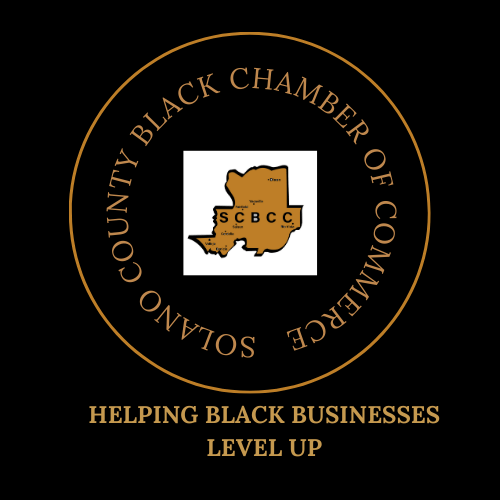In the dynamic world of small businesses, collaborating with other entities opens doors to new opportunities and growth. As you embark on this journey, it’s crucial to navigate these partnerships with strategic planning and a clear understanding of mutual benefits. This guide shared below by Solano County Black Chamber of Commerce serves as your roadmap to creating effective business collaborations, ensuring that every partnership you engage in is not only fruitful but also aligns perfectly with your business vision.
In-Depth Analysis of Potential Allies
You must start with comprehensive research on potential partners. It’s vital to delve deep into their history, understanding their business reputation, previous achievements, and position within the industry. This step isn’t just about ensuring they’re credible; it’s about aligning with a partner who complements and enhances your business strategy. A well-chosen partner not only brings expertise and resources but also a synergy that can propel your business forward.
Harmonizing Business Cultures
Find a partner whose business culture resonates with yours. It’s not just about shared objectives; it’s about mirroring work ethics, values, and company ethos. This cultural alignment is the bedrock of a strong partnership. It ensures smooth collaboration, reduces conflicts, and paves the way for a seamless integration of teams and processes. A culturally compatible partner is like a puzzle piece that fits perfectly, completing the picture of your collaborative venture.
Defining Partnership Goals
Clarity in your partnership objectives is non-negotiable. You and your partner need to have a clear understanding of what you aim to achieve. This means setting measurable goals and having a vision that both parties are excited about. It’s like setting the coordinates for a journey; without this, the partnership can drift aimlessly. Clear objectives ensure that every step taken is in the right direction, towards a mutually beneficial destination.
Legal Contracts for Protection
Protect your business interests with well-drafted legal agreements. These documents should clearly outline each party’s role, responsibilities, and expectations. A comprehensive legal framework minimizes risks and provides a clear guideline for conflict resolution. Think of it as a safety net; it’s there to ensure that the partnership thrives on mutual respect and adherence to agreed-upon terms.
Reconnect and Network with Old Friends
When exploring potential business partnerships, it’s beneficial to consider individuals with whom you share a common educational background, such as those you may have graduated high school with. These fellow alumni often possess a shared understanding of values and experiences, which can facilitate smoother communication and trust-building in a professional setting. Reconnecting with high school classmates in the business world can also leverage the power of a pre-existing network.
Maintaining Effective Communication
Maintaining open lines of communication is crucial in any partnership. It’s about keeping everyone informed, engaged, and on the same page. Regular, transparent communication builds trust, fosters mutual understanding, and ensures that any issues are addressed promptly. Think of communication as the oil that keeps the engine of your partnership running smoothly.
Equitable Resource Distribution
Develop strategies for sharing resources like finances, personnel, and equipment that are both fair and transparent. By pooling your strengths and balancing out weaknesses, you create a partnership that’s more effective and equitable. This approach not only boosts your collective efficiency but also ensures that both businesses benefit equally from the partnership. Such resource sharing is the cornerstone of a collaboration that’s truly greater than the sum of its individual parts.
Adapting to Partnership Dynamics
Plan ahead for potential changes in the partnership. This includes outlining conditions for an amicable dissolution, should it be necessary. Preparing for change ensures that the partnership can adapt and evolve, or conclude gracefully, without damaging either business. This foresight is essential for maintaining flexibility and clarity in the long run.
Collaborations are a potent strategy for small business owners to broaden their horizons and enhance their capabilities. By adhering to these key principles, you’ll be well-equipped to navigate the complexities of business collaborations. Successful partnerships are built on mutual respect, clear communication, and a shared vision. With these elements in place, your collaborative ventures are poised to thrive, driving growth and success for your business.
Written by,
Adam Taylor




